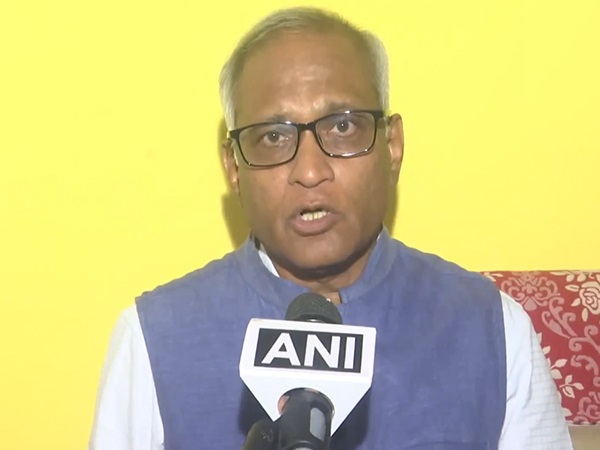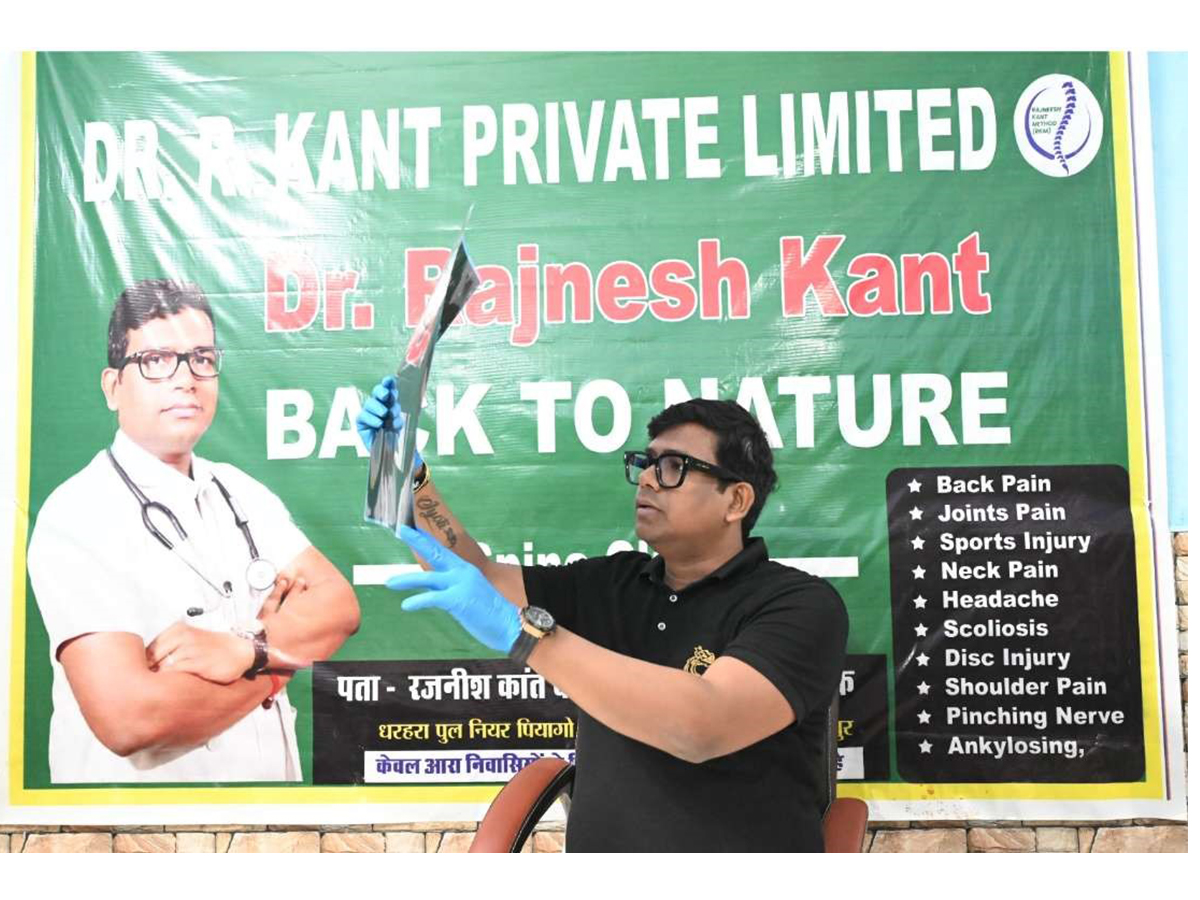New Delhi [India], July 5 (ANI): Srikanth Kondapalli, Professor in Chinese Studies and Chairperson of the Centre for East Asian Studies at Jawaharlal Nehru University (JNU), stated that China’s military capabilities were put to the test during Operation Sindoor, and the results revealed significant limitations of China’s military technology.
Kondapalli’s remarks come in response to the Deputy Army Chief’s statement that China shared live data on India’s assets and Turkey provided drones to Pakistan. “…China also faced a loss during Operation Sindoor, as during the operations on May 9 and 10th, Chinese missile systems, drones, and other weapons couldn’t work against BrahMos attacks. It shows that their weapons have a few shortcomings,” Kondapalli told ANI.
Kondapalli also emphasised the importance of air defence in the face of emerging threats. “During Operation Sindoor, air dimension was heavily displayed and we mobilised many aircraft… We are seeing Turkey, Pakistan, and China working together; hence, we need to strengthen our air defence further…”
On Friday, Lieutenant General Rahul R. Singh, Deputy Chief of Army Staff (Capability Development and Sustenance), outlined several key lessons learnt from Operation Sindoor. This conflict revealed the complexity of modern warfare.
Speaking at the ‘New Age Military Technologies’ organised by FICCI, the Deputy COAS highlighted the importance of air defence and technological advancement during military operations. Acknowledging the Pakistan-China alliance, the Deputy Chief pointed out that India has “two adversaries on one border,” where Pakistan was on the front and China was providing all possible support.
The Deputy COAS said that Pakistan has 81 per cent Chinese hardware in their military fleet.
“Air Defence and how it panned out during the entire operation was important… This time, our population centres were not quite addressed, but next time, we need to be prepared for that… I must flag a few lessons regarding Operation Sindoor. Firstly, we had one border and two adversaries, actually three. Pakistan was in the front. China was providing all possible support. In the last five years, 81% of the military hardware with Pakistan is Chinese…” he said.
Emphasising the need for a robust air defence system, the Deputy COAS revealed that Pakistan had “live updates” on India’s important vectors that too, with China’s help.
He said, “China can test its weapons against other weapons, so it’s like a live lab available to them. Turkey also played an important role in providing the type of support it did; they gave Bayraktar and numerous other drones… When DGMO-level talks were underway, Pakistan had access to live updates on our key vectors from China… We need a robust air defence system…”
Lt Gen Rahul R Singh also lauded the Indian Armed Forces for carrying out precision strikes on terror infrastructure. He further emphasised the strategic messaging and integration of technology and human intelligence in target selection and planning.
“… There are a few lessons from Operation Sindoor. The strategic messaging by leadership was unambiguous… There is no scope of absorbing the pain the way we did a few years ago… The planning and selection of targets was based on a lot of data that was collected using technology and human intelligence. So a total of 21 targets were identified, out of which nine targets we thought would be prudent to engage… It was only the final day or the final hour that the decision was taken that these nine targets would be engaged,” he said.
He added, “A considered decision was taken that it will be a tri-services approach to send the right message that we indeed are an integrated force… An important consideration was that we should always be at the top of the escalation ladder. When we reach a military objective, we should try and put a stop to it… War is easy to initiate, but it’s very difficult to control. So I would say that was a very masterly stroke that was played to stop the war at an appropriate time.” (ANI)
Disclaimer: This story is auto-generated from a syndicated feed of ANI; only the image & headline may have been reworked by News Services Division of World News Network Inc Ltd and Palghar News and Pune News and World News
HINDI, MARATHI, GUJARATI, TAMIL, TELUGU, BENGALI, KANNADA, ORIYA, PUNJABI, URDU, MALAYALAM
For more details and packages
















